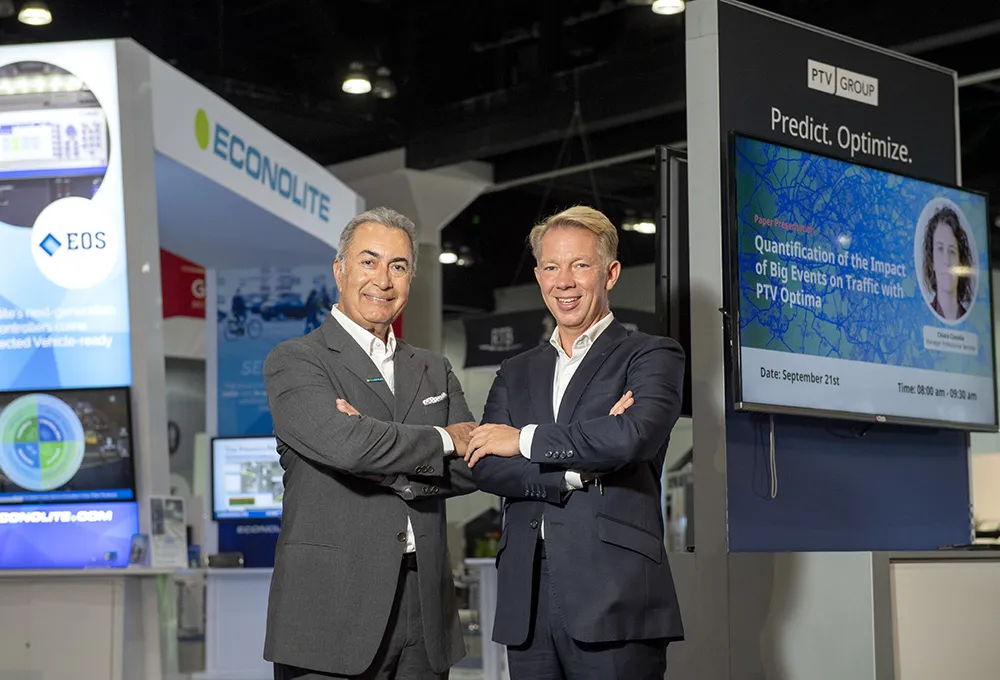
People and technology were the two key themes at a new CARTES SECURE CONNEXIONS event looking at the innovations of the near future. An interested audience at the Digital Showcase toured stalls at Salle Wagram in Paris looking at technology that, while not immediately related to the world of secure payments, illuminated issues such as security. The show was staged by Fabernovel, the French innovation agency that aims to help large organisations behave like smaller, more nimble companies through their adoption of new technologies. Alongside innovations such as 3D printing and virtual reality headsets, a small, remote-controlled drone helicopter hovered over visitors. Online merchants Amazon and express delivery service DHL are actively considering using similar devices to deliver small packages to customers. However, the issue of trust – something high on the agenda at CARTES – was a potential problem before they could be used commercially, explained the Fabernovel ‘pilot’. Experiments had shown that the drone’s control signals could be hacked. This meant that a drone carrying a valuable package could be diverted to land at a criminal’s location. Another device on display, Leap Motion, is an early version of something much loved by science-fiction writers – the ability to control a multitude of items with just hand gestures. A small, rectangular block containing three infrared LEDs and two infrared cameras that track hand movements replaces a computer mouse or trackpad. The system on display at the CARTES Digital Showcase allowed volunteers to control a Google Map image with just a gesture. A decade from now, the ability to control functions around the home in a similar way is likely to become commonplace.










